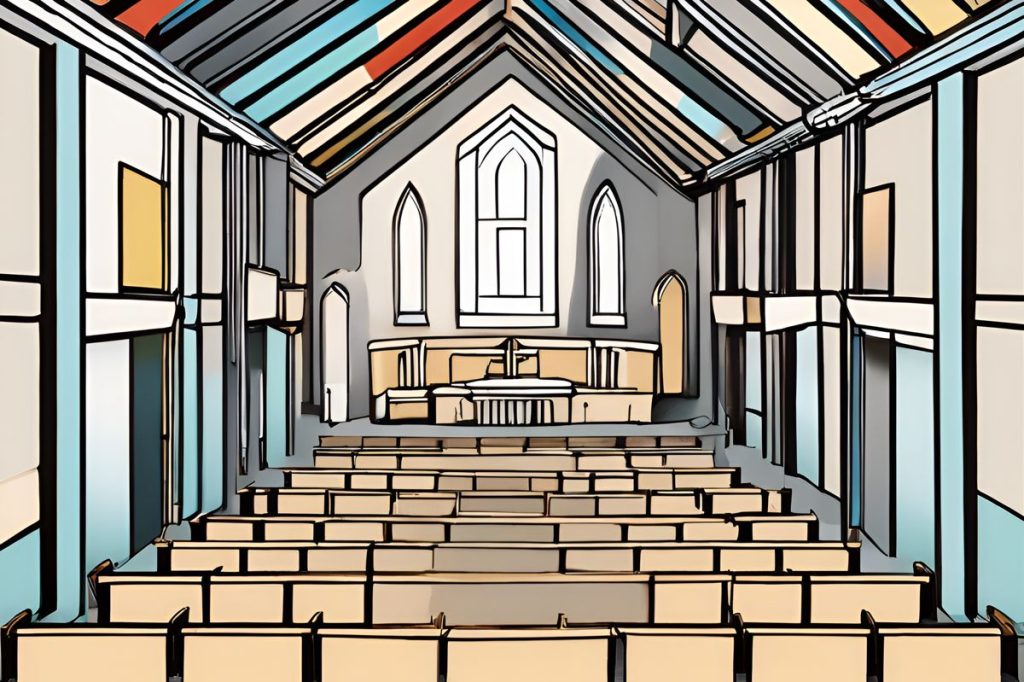The unauthorized construction of a church in Ayia Napa by the Bishopric of Famagusta has sparked controversy over environmental impact and legal loopholes, with calls for accountability and protection of Natura 2000 sites. Despite a cessation order, bureaucratic challenges and potential delays in legal resolution have raised concerns over wildlife disturbance and historic site protection.
What is the controversy surrounding the unpermitted church construction in Ayia Napa?
The controversy involves the Bishopric of Famagusta constructing a church in Ayia Napa without required permits or an environmental assessment, potentially disturbing wildlife in a Natura 2000 site. Despite a cessation order, legal appeals could delay resolution. The situation has sparked calls for accountability and concerns over environmental and historical site protection.
The interior minister recently shed light on the unauthorized construction of a church within Ayia Napa. The issue has raised concerns from various parties, advocating for a thorough investigation by the Legal Service. There’s a possibility that the case could be taken to the European Court of Justice if those responsible are not held accountable. The minister’s remarks followed the discovery that the Bishopric of Famagusta had begun and nearly finished the church’s construction without obtaining the necessary permits, including an environmental assessment.
Amid the outcry, the municipal authority of Ayia Napa and its planning department have remained notably silent on the matter. Interior Minister Constantinos Ioannou voiced his disapproval on state broadcaster CyBC, highlighting the inaction of the only authority capable of intervening immediately to cease the illegal works.
Legal Loopholes and Bureaucratic Challenges
The Famagusta planning authority professed unawareness of the illegal activities and issued a cessation order for the construction several weeks ago. This was met with an appeal from the Famagusta Bishopric, which could prolong the legal dispute for years. “The weakness is in the law,” Ioannou stated, pointing out that even if the appeal for exemption is denied, the planning department’s only option would be to appeal to the Supreme Court, a process that could take up to five years.
However, church superintendent Yiannos Charilou has stepped in to offer assurances from the archbishopric. In the event of a lost appeal, the church has pledged to comply with demolition orders and restore the affected Natura 2000 site at its own expense. Furthermore, there’s a proposal on the table for a land exchange, offering the church a different plot of equal value on state-owned land.
Environmental Concerns and Political Response
The environmental impact of such unauthorized construction is a significant concern, particularly in a designated Natura 2000 site, crucial for various bird species. Elena Stylianopoulou, the deputy director of the environmental department, expressed the difficulty of conducting a post-intervention environmental assessment and mentioned that the native wildlife has likely already been disturbed.
Greens MP Charalambos Theopemptou underscored the potential power of Natura 2000 laws, which include substantial fines for non-compliance. He emphasized the importance of not tolerating actions that undermine environmental protection laws, suggesting that the environmental department could file a complaint through the ministry of agriculture.
In reaction to the situation, a political party issued a statement condemning the leniency shown towards the church’s repeated legal infractions over the years. They demanded an end to the disregard for law, noting that the church should not have more rights than any other entity. The party referenced several past infringements, including illegal constructions and the destruction of historic sites.
In response to these concerns, Ioannou reiterated the ministry’s stance against such illegal activities and its commitment to not foster a cozy relationship with church authorities. Meanwhile, the opposition party Akel called for an independent investigation into the matter, with the issue set to be discussed in parliament.
What are the legal loopholes and bureaucratic challenges surrounding the unpermitted church construction in Ayia Napa?
The Famagusta planning authority issued a cessation order for the unauthorized church construction, but an appeal from the Famagusta Bishopric could prolong the legal dispute for years due to existing legal loopholes. Even if the appeal for exemption is denied, the process of resolving the issue could take up to five years, highlighting bureaucratic challenges in addressing unauthorized constructions.
What are the environmental concerns related to the unpermitted church construction in Ayia Napa?
The unauthorized construction of a church in a designated Natura 2000 site has raised significant environmental concerns, particularly regarding the disturbance of native wildlife. The deputy director of the environmental department mentioned the difficulties in conducting post-intervention environmental assessments and highlighted the potential impact on bird species in the area.
How has the political response been to the unpermitted church construction in Ayia Napa?
A political party issued a statement condemning the leniency towards the church’s repeated legal infractions and demanded an end to the disregard for law. They emphasized that the church should not have more rights than any other entity and referenced past infringements, including illegal constructions and destruction of historic sites. The opposition party Akel called for an independent investigation into the matter, which is set to be discussed in parliament.
What is the proposed solution to address the unauthorized church construction in Ayia Napa?
The church superintendent has offered assurances of compliance with demolition orders and restoration of the affected Natura 2000 site at their expense in the event of a lost appeal. Additionally, there is a proposal for a land exchange, offering the church a different plot of equal value on state-owned land. However, the situation remains contentious with calls for accountability and protection of environmental and historical sites.

